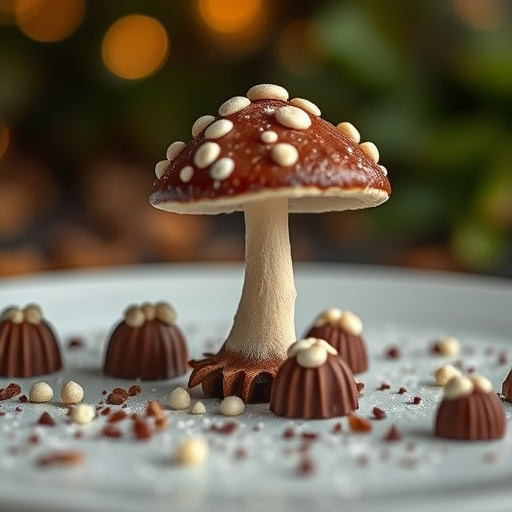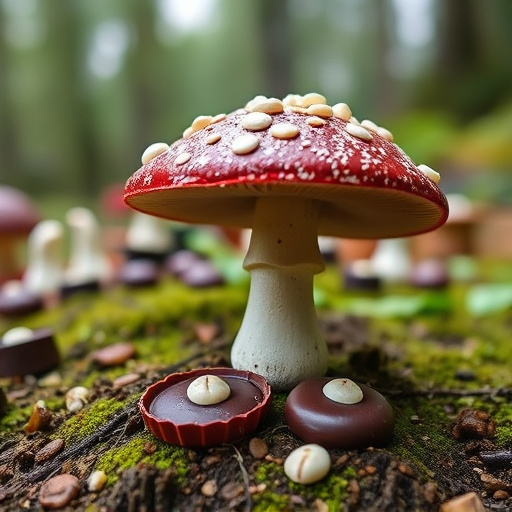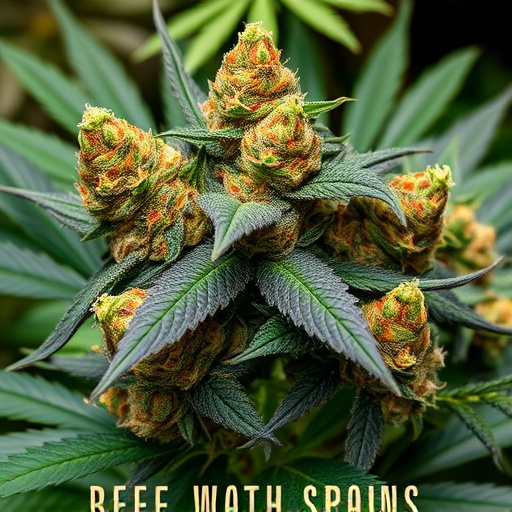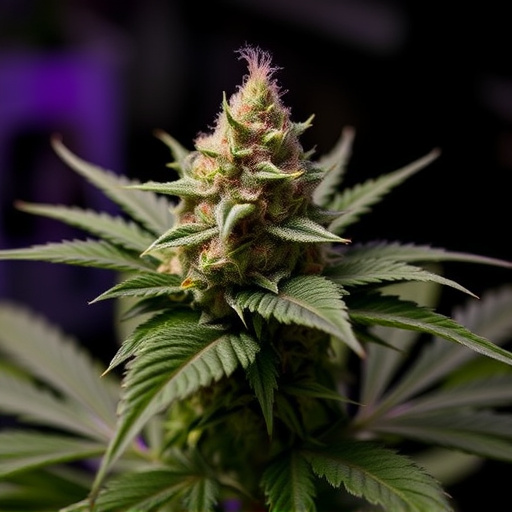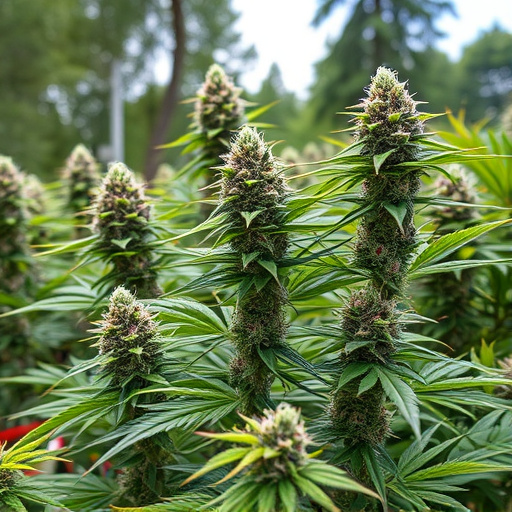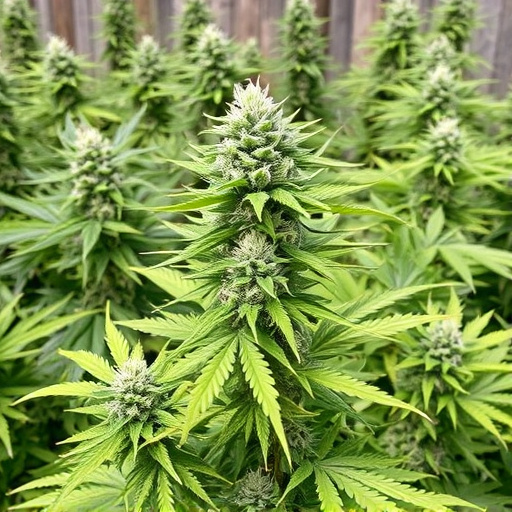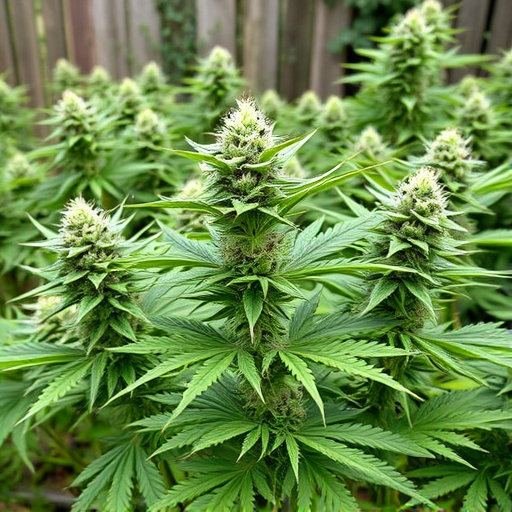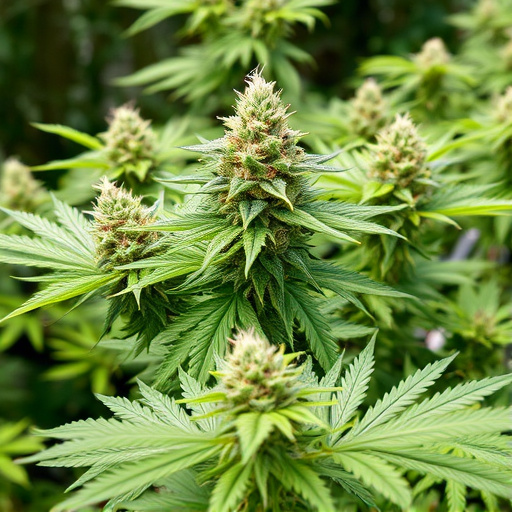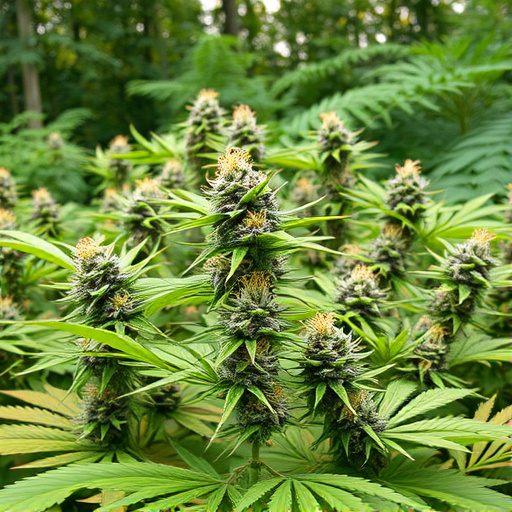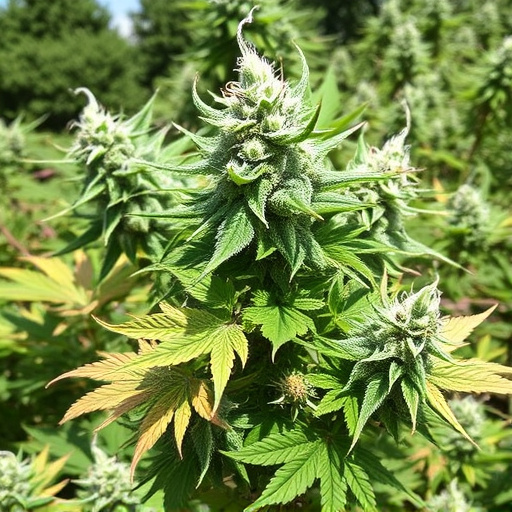Outdoor cannabis strains' unique appearances result from nature's intricate interplay of genetics and environment, leading to diverse leaf shapes, colors, textures, and resin production. Temperatures between 65°F to 85°F (18°C to 29°C) are ideal for promoting healthy growth and visual appeal. Cultivators can optimize conditions by understanding temperature's impact and selecting strains adapted to local climates, thereby enhancing outdoor cannabis strain visual appeal and quality.
Unraveling the complex interplay between genetics and temperature is key to cultivating optimal outdoor cannabis strains. This article delves into the intricate dance these factors perform, shaping the appearance of these plants. From the distinct characteristics determined by genetic makeup to the profound effects of temperature on growth and visual appeal, understanding this interaction empowers cultivators to nurture flourishing outdoor cannabis strains. Discover how mastering these elements can revolutionize your cultivation practices.
- The Role of Genetics in Outdoor Cannabis Strains' Appearance
- Temperature's Impact on Cannabis Growth and Visual Characteristics
- Understanding the Interaction Between Genetics and Climate for Optimal Outdoor Cannabis Cultivation
The Role of Genetics in Outdoor Cannabis Strains' Appearance
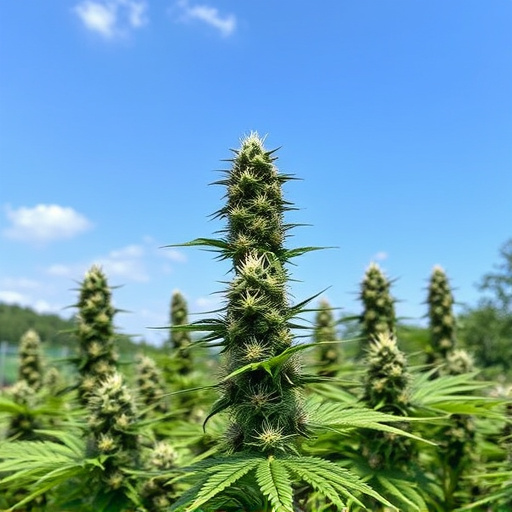
The appearance of outdoor cannabis strains is a fascinating blend of nature’s design and genetic heritage. Genetics play a pivotal role in shaping the final look of these plants, dictating characteristics such as height, leaf structure, and most intriguingly, the distinct trichome formations that produce the desired resins. Each strain possesses a unique genetic makeup, contributing to its visual appeal and therapeutic potential. For instance, some varieties may exhibit longer, slender leaves, while others grow densely packed with broader foliage—all traits inherited from their ancestral lines.
In outdoor settings, these genetic influences become even more evident as environmental factors interact with the plants’ DNA. Genetic diversity allows for a wide range of expressions, resulting in diverse shapes, colors, and textures. The natural sunlight spectrum, varying temperatures, and local ecosystems all contribute to the overall aesthetic development of outdoor cannabis strains, making each harvest truly one-of-a-kind.
Temperature's Impact on Cannabis Growth and Visual Characteristics
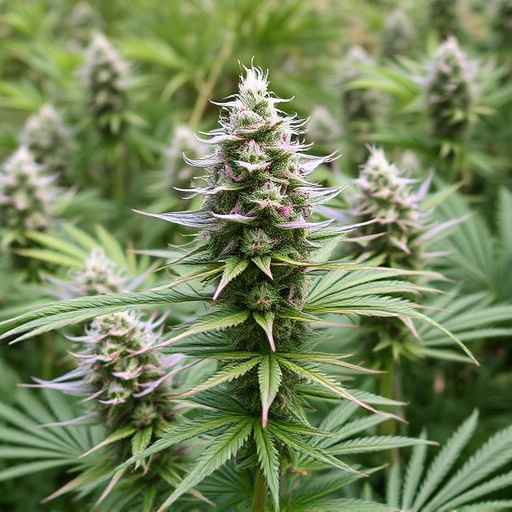
Temperature plays a pivotal role in shaping the growth and visual appeal of cannabis plants, especially for outdoor cannabis strains. In general, cannabis thrives within a narrow temperature range, typically between 65°F to 85°F (18°C to 29°C). Optimal temperatures promote robust growth, vibrant green foliage, and robust resin production. However, deviations from this ideal range can significantly impact the plant’s appearance. Extreme heat or cold stress may lead to issues such as wilted leaves, reduced growth rate, and changes in color, often turning the foliage yellow or brown.
For outdoor cannabis strains, temperature fluctuations during critical growth stages, like vegetative and flowering periods, can result in distinct visual characteristics. Cooler temperatures at night encourage a more compact and dense plant structure, while warmer days stimulate rapid stretching and branch development. These variations in growth patterns directly translate into the plants’ overall shape, size, and aesthetic appeal. Understanding temperature’s influence allows cultivators to optimize conditions, ensuring their outdoor cannabis strains not only thrive but also develop visually striking features that contribute to a superior final product.
Understanding the Interaction Between Genetics and Climate for Optimal Outdoor Cannabis Cultivation
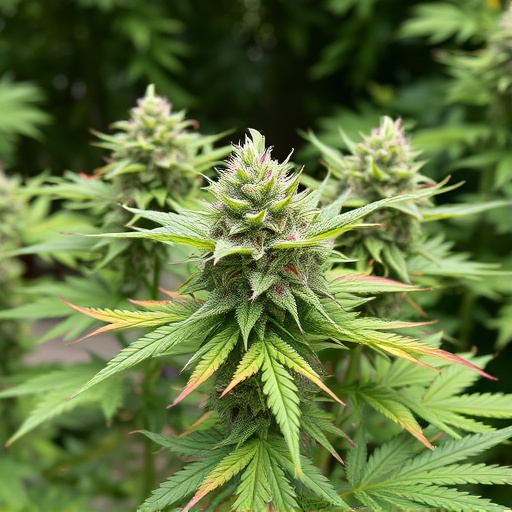
Cultivating cannabis outdoors offers a unique challenge and an opportunity to optimize plant growth through understanding the intricate dance between genetics and climate. The interaction between these factors is key to unlocking the full potential of outdoor cannabis strains, allowing them to flourish and produce high-quality yields.
Genetics play a foundational role in shaping the plant’s physical attributes, resilience, and overall behavior. Different cannabis strains possess distinct genetic profiles that influence traits such as growth habits, flowering time, and susceptibility to environmental stresses. For instance, some varieties may be better adapted to cooler temperatures, while others thrive in warmer climates. By selecting strains with a proven track record in outdoor cultivation, growers can set the stage for success by aligning plant genetics with the local climate conditions. Climate, in turn, exerts significant control over when and how cannabis plants mature, influencing factors like growth rate, resin production, and overall terpene profile. Optimal temperature ranges, along with adequate sunlight exposure and rainfall or irrigation, are crucial for healthy outdoor cannabis cultivation. Growers must consider their region’s microclimates and adapt their practices accordingly to ensure the best results for their outdoor strains.
In conclusion, understanding the intricate relationship between genetics and temperature is key to cultivating vibrant outdoor cannabis strains. By recognizing how these factors interplay, growers can optimize conditions for robust plants with desirable visual characteristics. This knowledge ensures not only high-quality harvests but also a nuanced appreciation of the diverse appearances that natural variations in genetics and climate can produce among outdoor cannabis strains.
